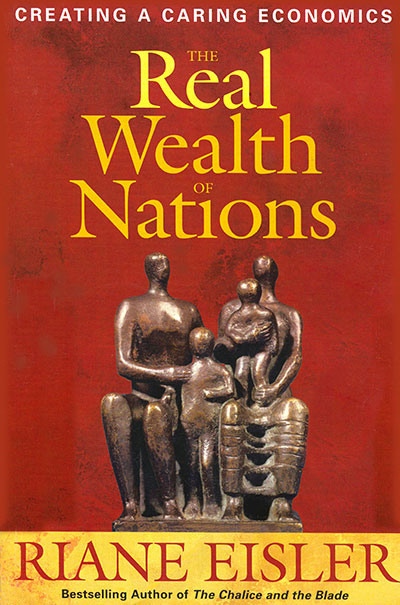


I'm concerned, though, that Eisler's own point of view is a biased interpretation at the opposite extreme. She suggests that "they appear to be manifestations of what was later to develop into a complex religion centering on the worship of a Mother Goddess as the source and regeneratrix of all forms of life" (6).Įisler notes how earlier conventional views - such as the idea that the venuses were merely tools for male sexual gratification - have often been a bias of today's patriarchal culture, and argues that many other interpretations of prehistory carry just such a bias. Eisler looks in particular at the female-centred cave paintings (in which males were at the periphery if depicted at all) discovered by Leroi-Gourhan Paleolithic Venuses and vagina-shaped cowrie shells and the many female figurines discovered at the Neolithic sites Catal Huyuk and Hacilar (in what is now Turkey, cities about 3000 years older than Sumer). The first chapter explores the Paleolithic and Neolithic eras and attempts, based on archaeological evidence, to show that these societies were not nearly as patriarchal and dominator-oriented as societies today, and that Goddess worship was prevailant in these societies. What this event was is not discussed in the first chapter. She suggests that something happened that shook up civilisation and caused the shift to the now prevailant dominator model. Eisler's book is an attempt to argue that dominator-based societies are not inevitable and that, in fact, early human civilisations were based overwhelmingly on partnership - quite a strong claim. In The Chalice and the Blade, Riane Eisler proposes that there are two basic models on which human society can be based: the dominator model, in which hierarchies are created and preserved via force or aggression (the status quo), and the partnership model (which is equalitarian and cooperative), with human societies falling somewhere along a continuum.


 0 kommentar(er)
0 kommentar(er)
